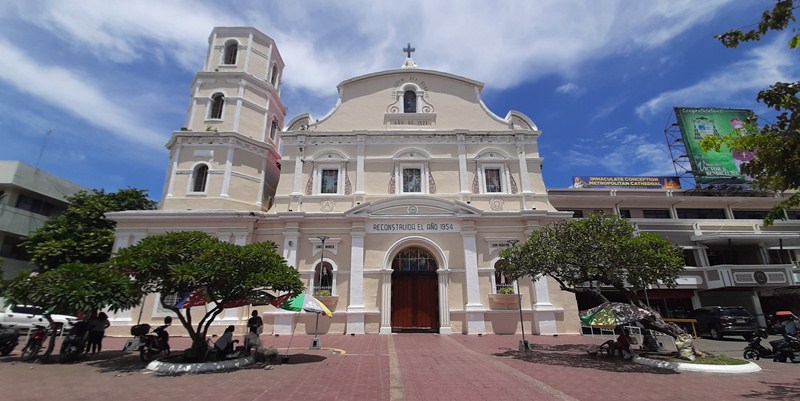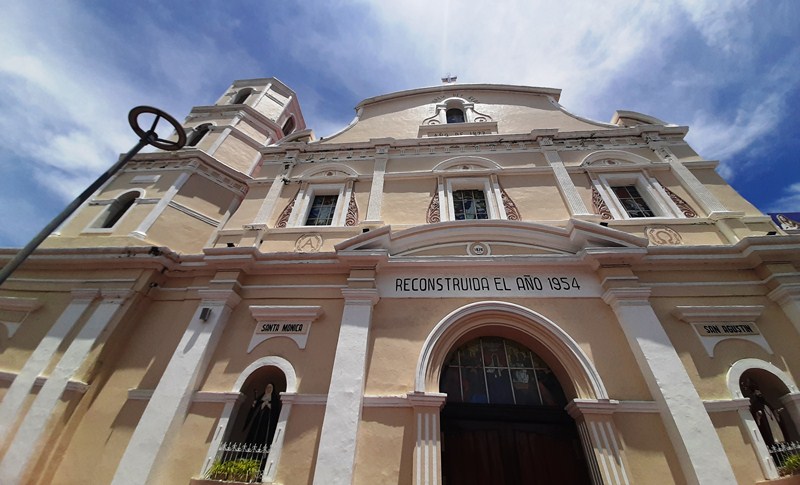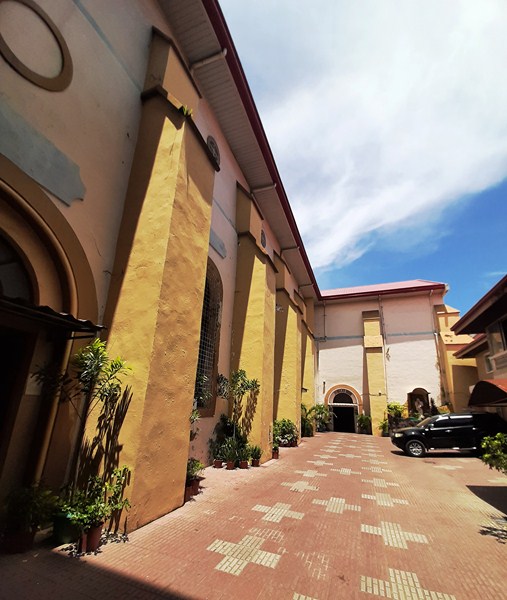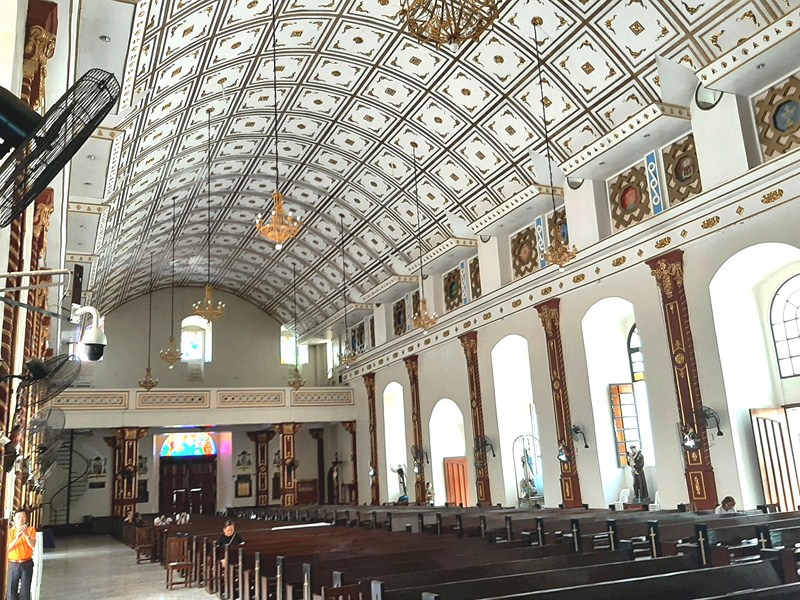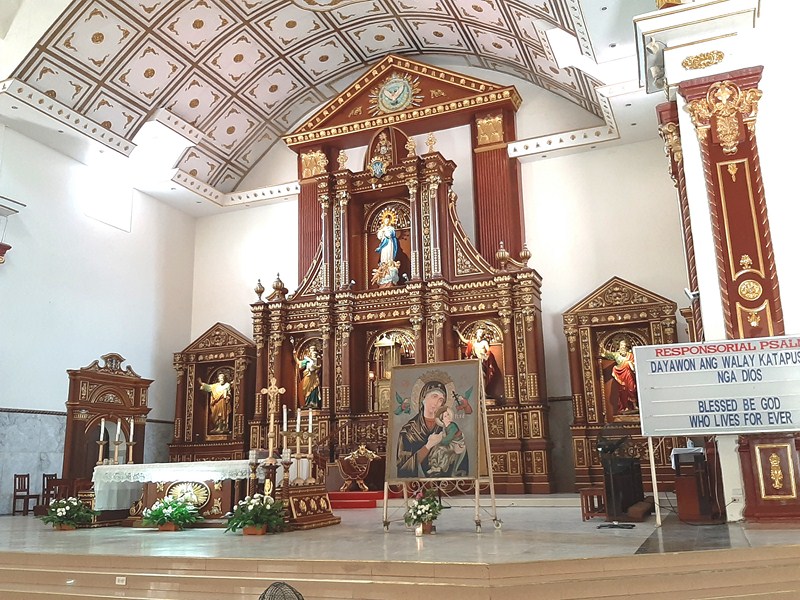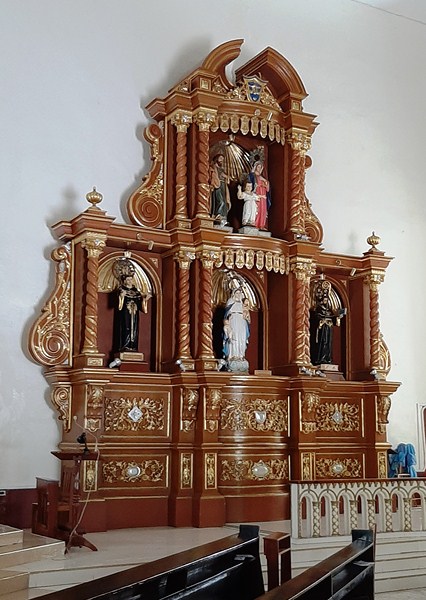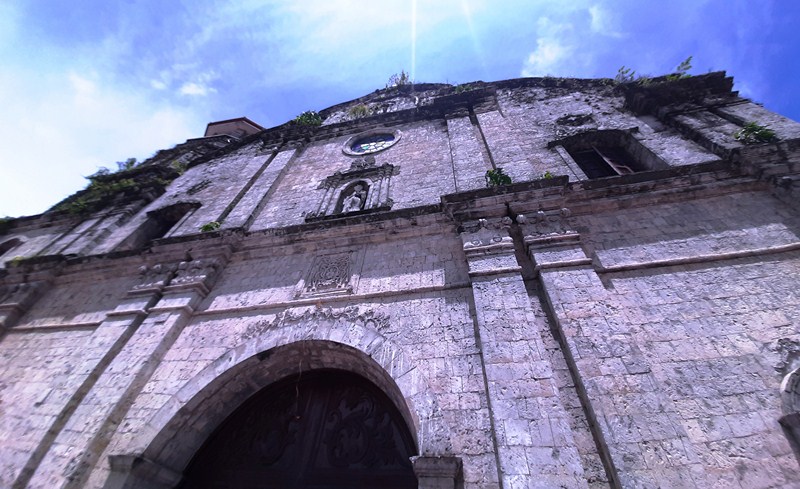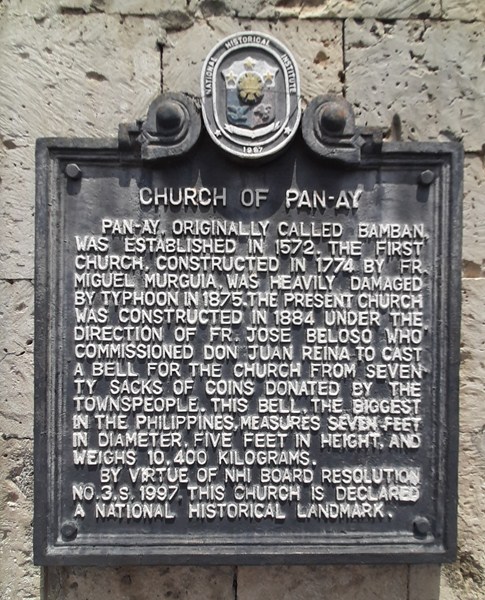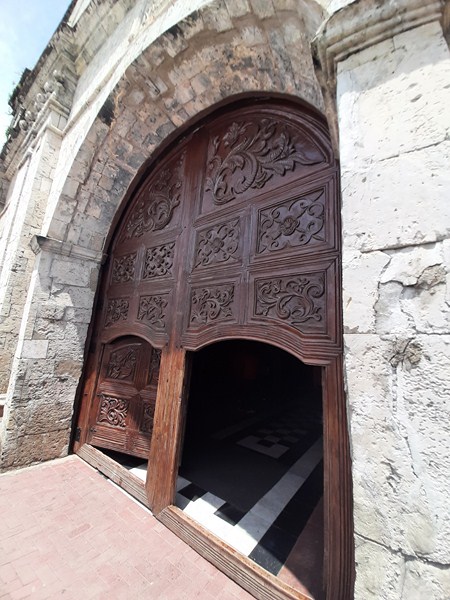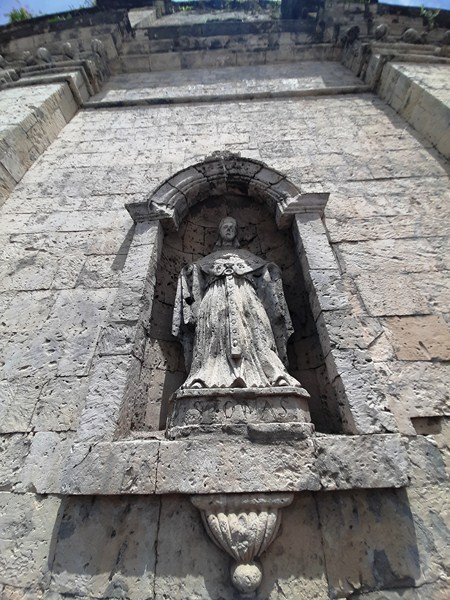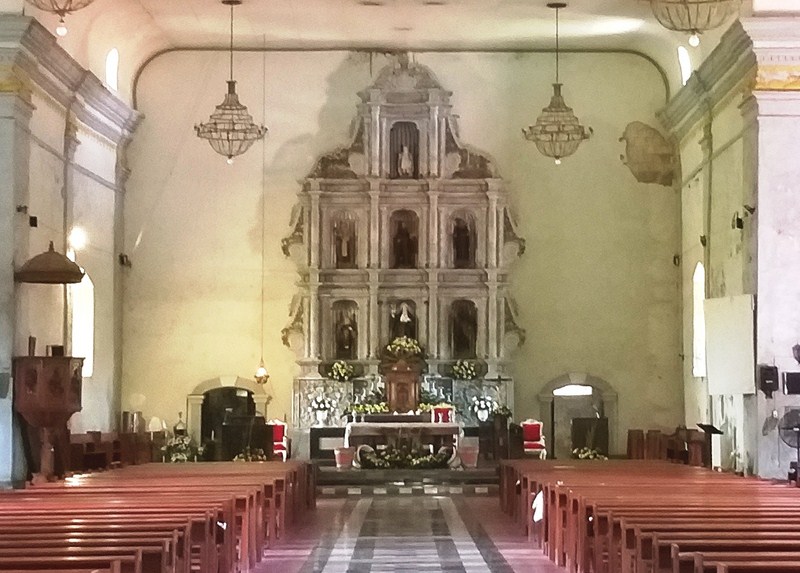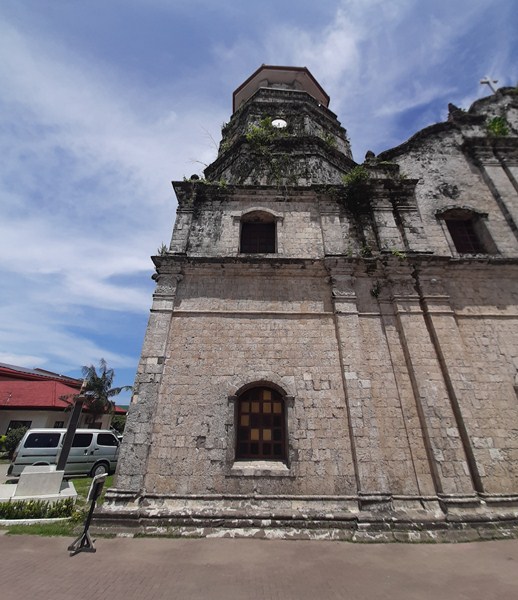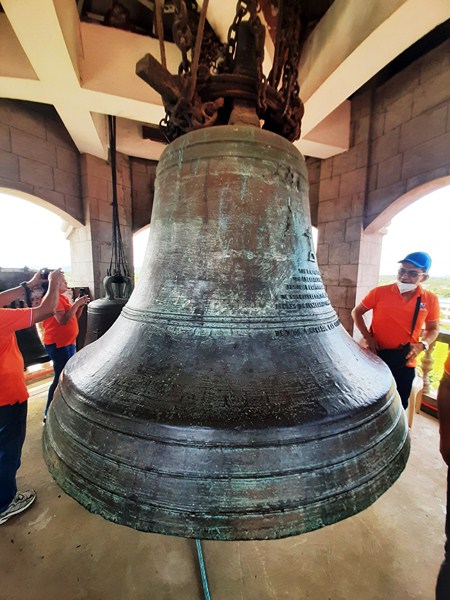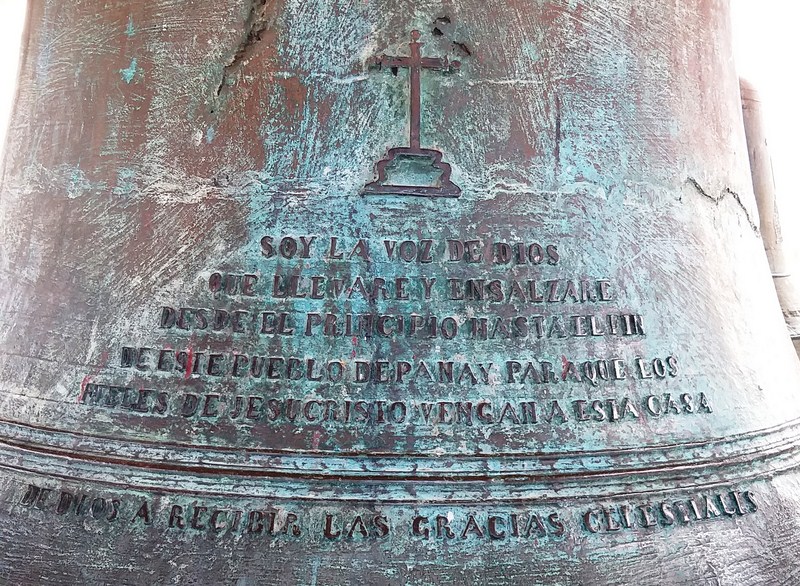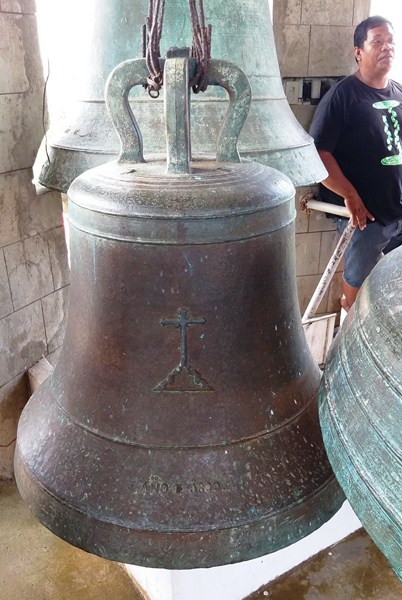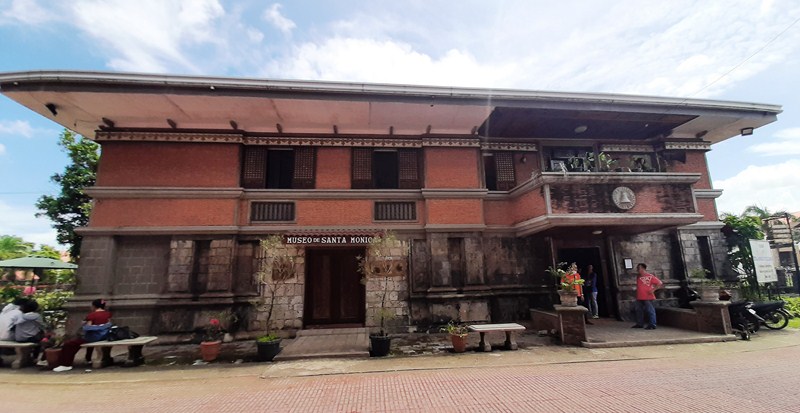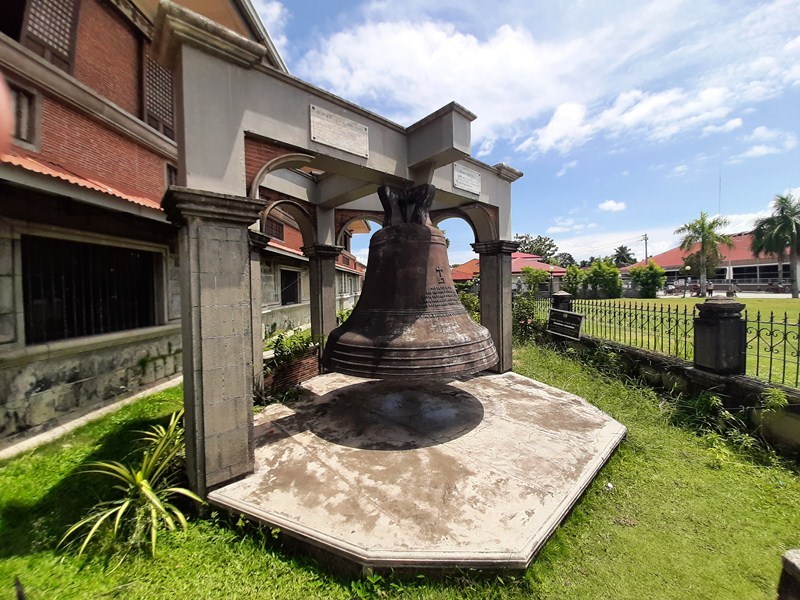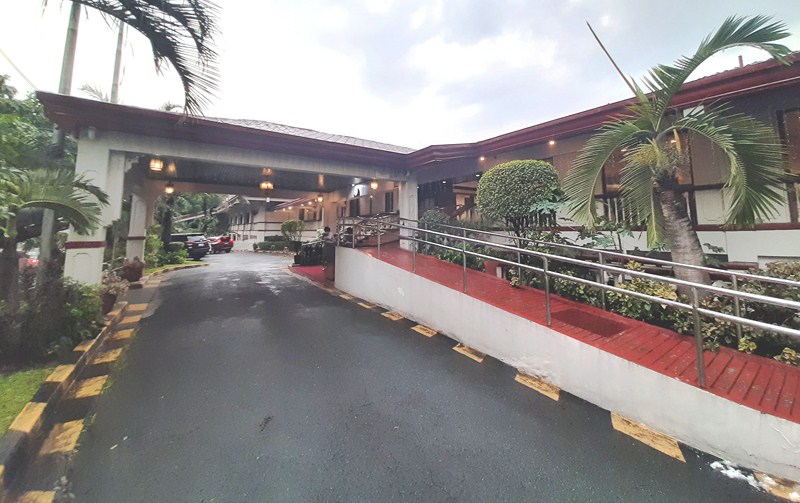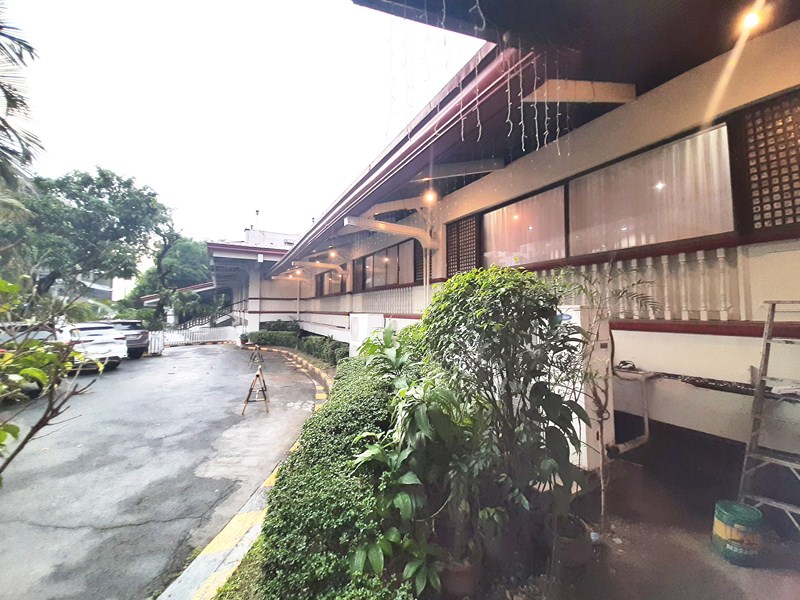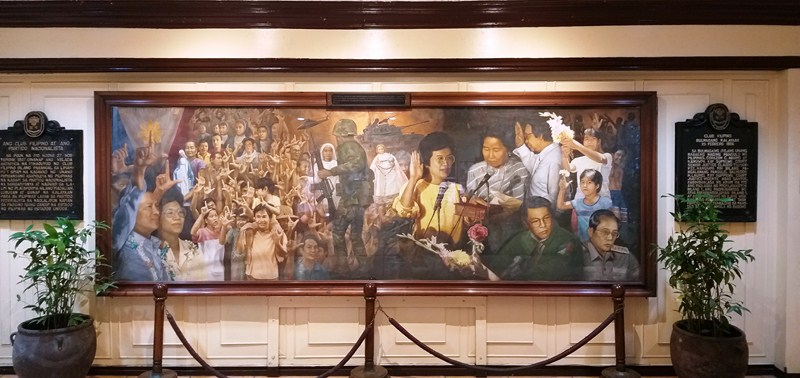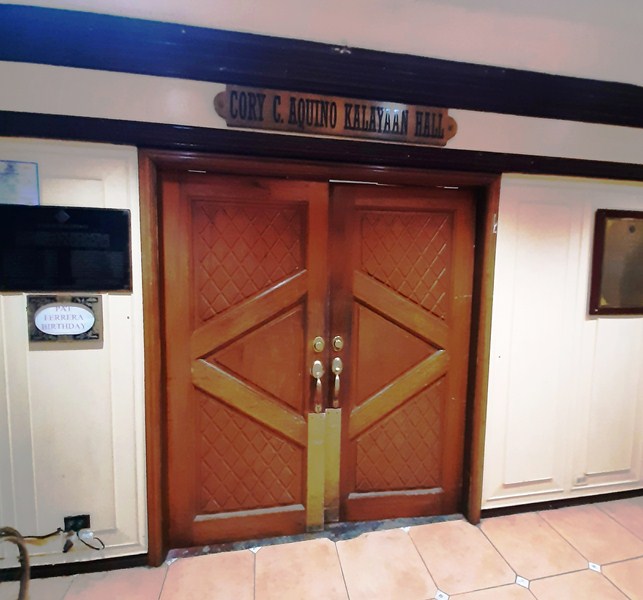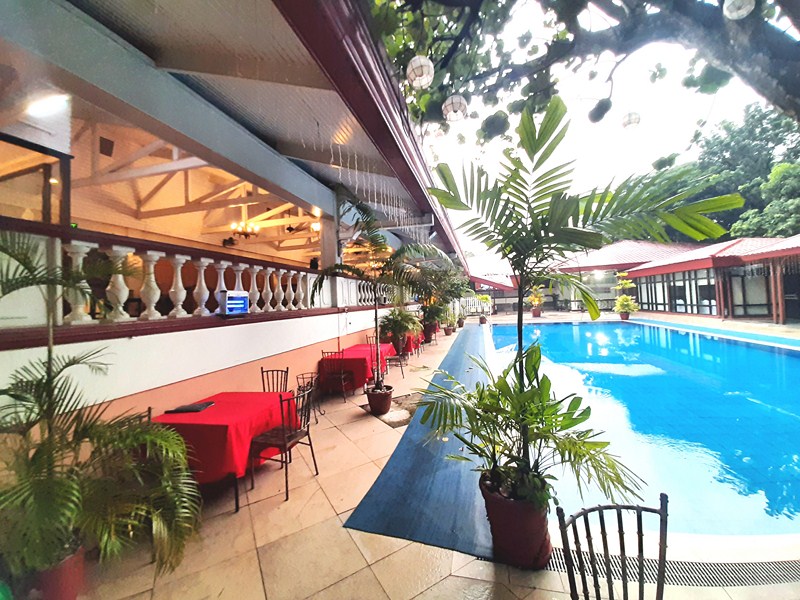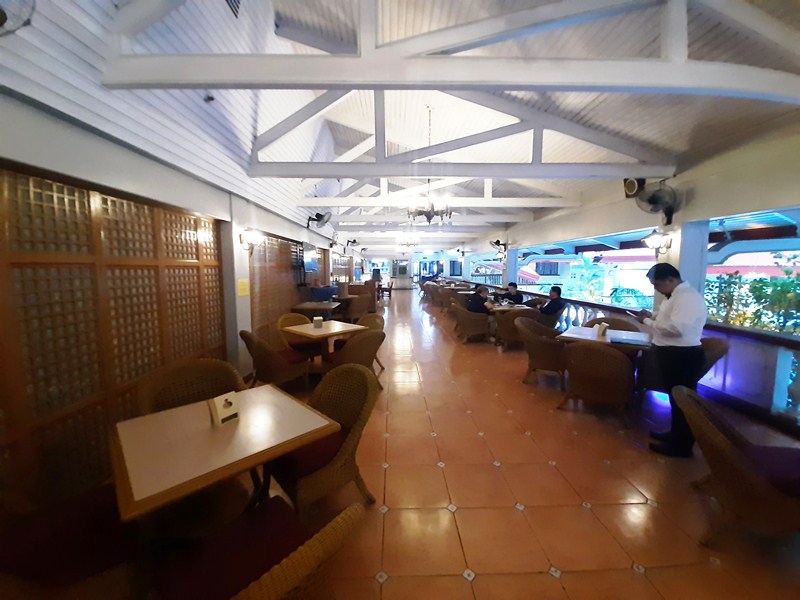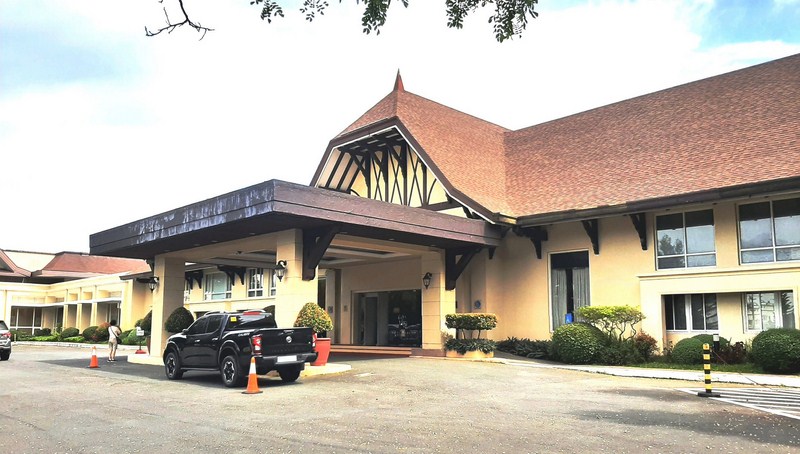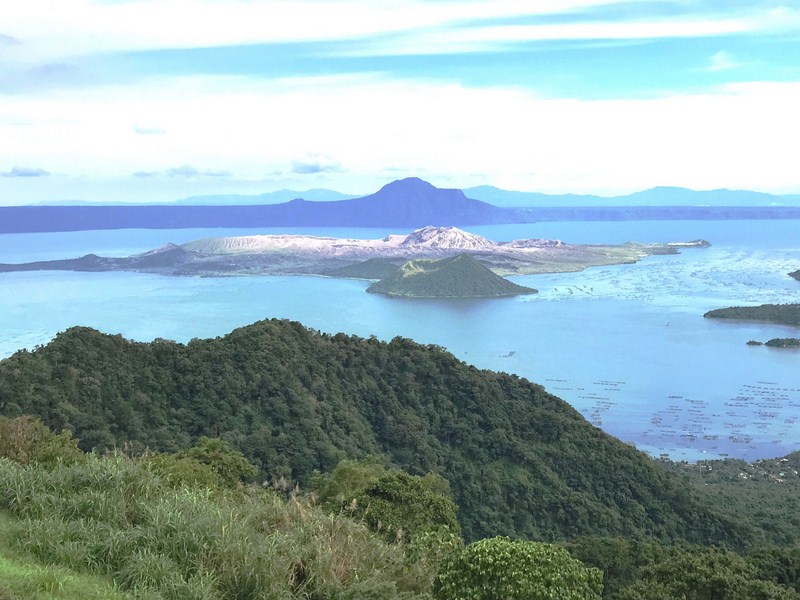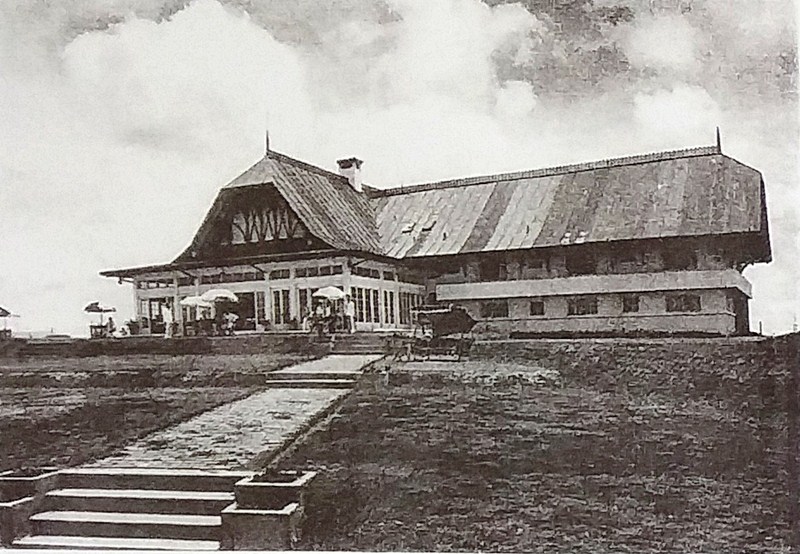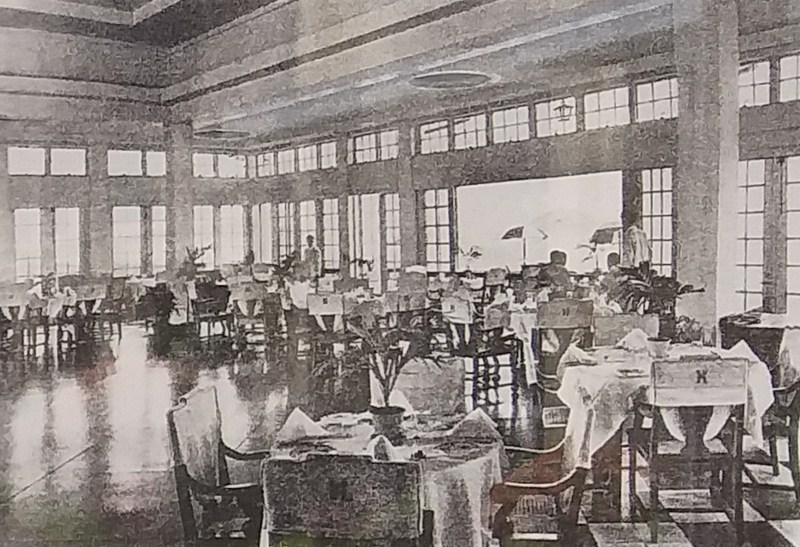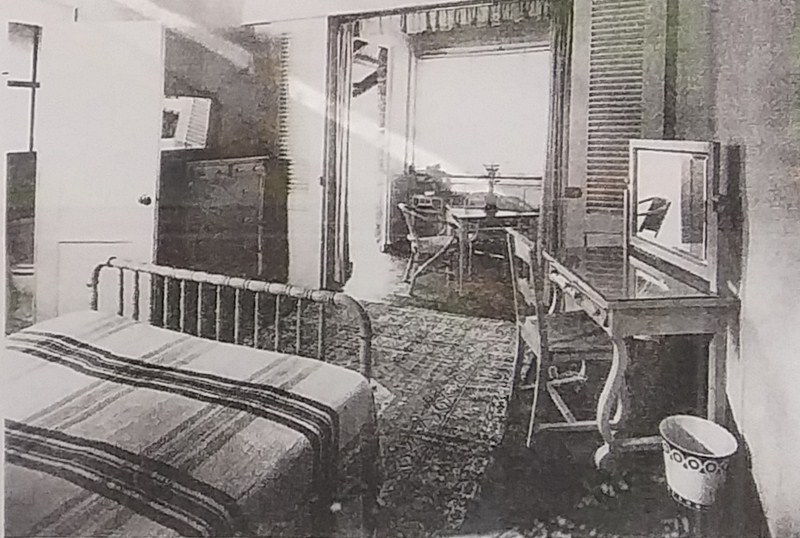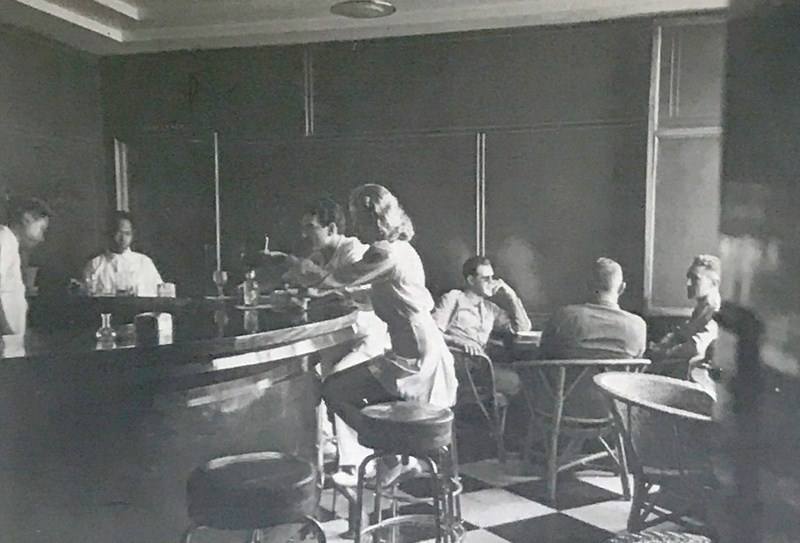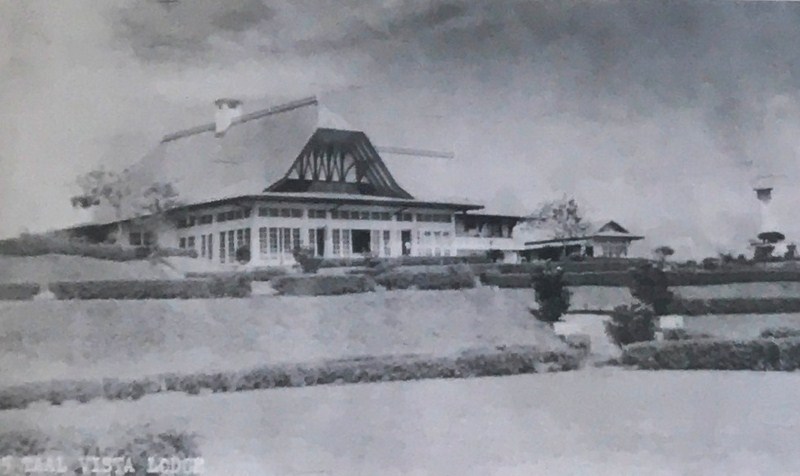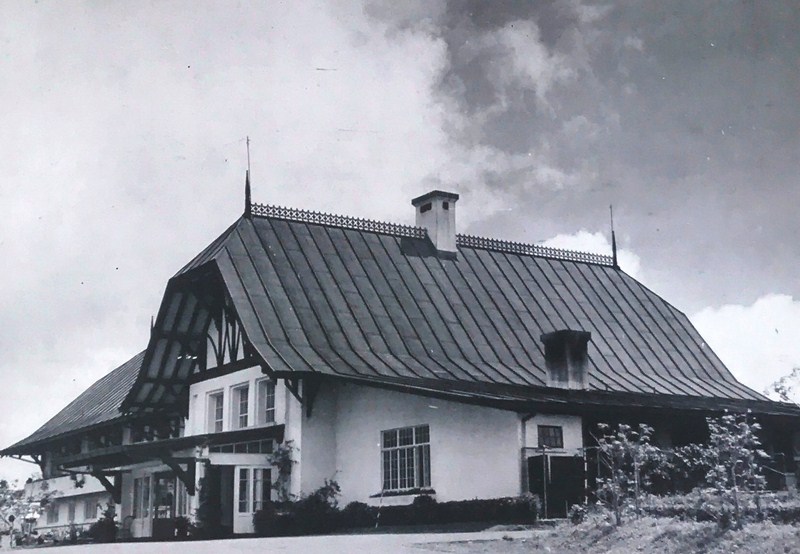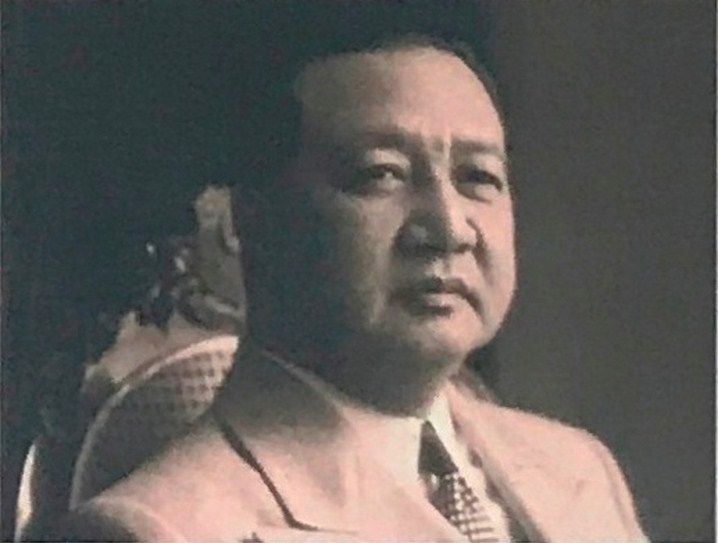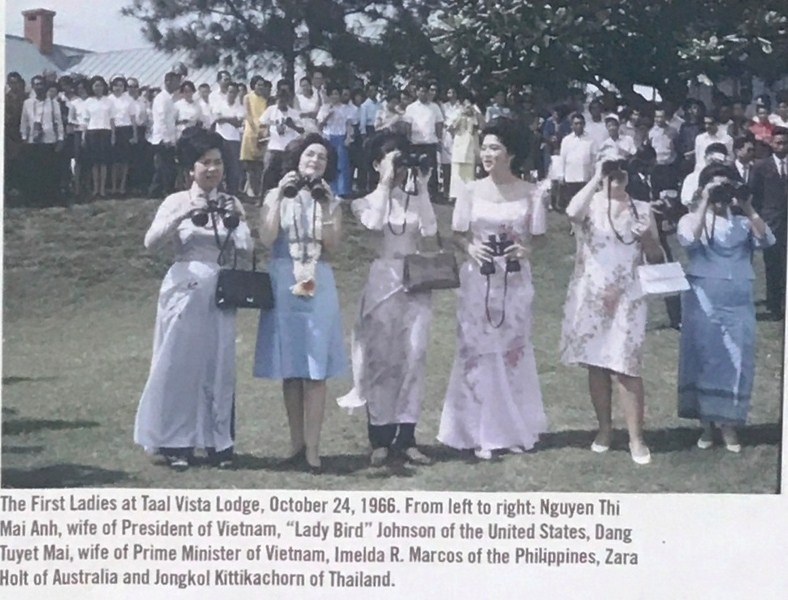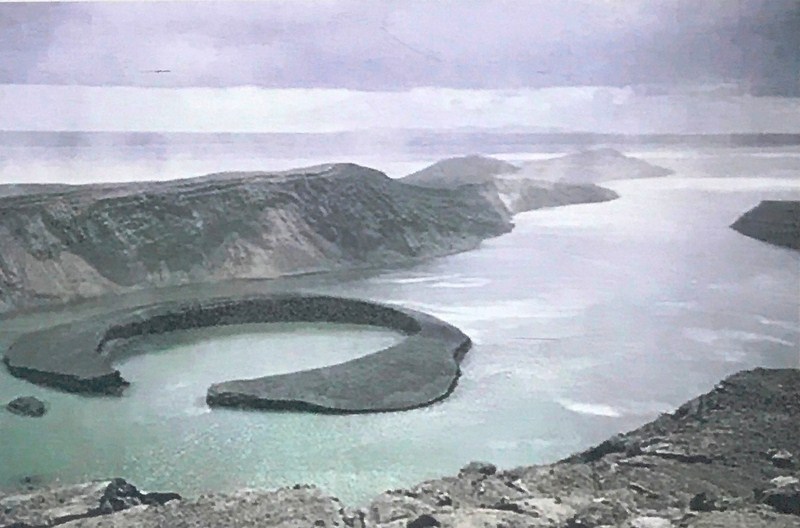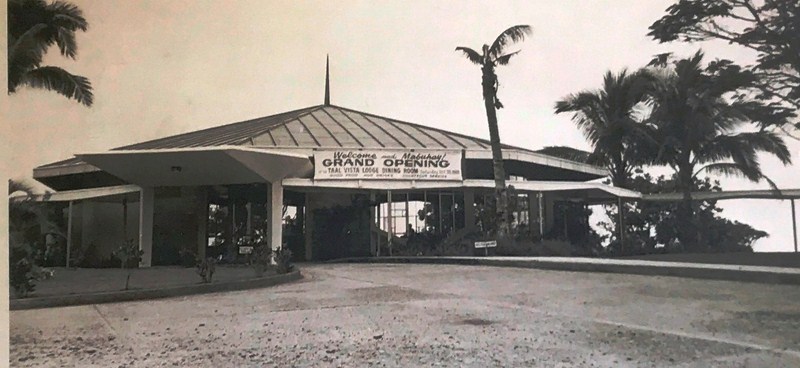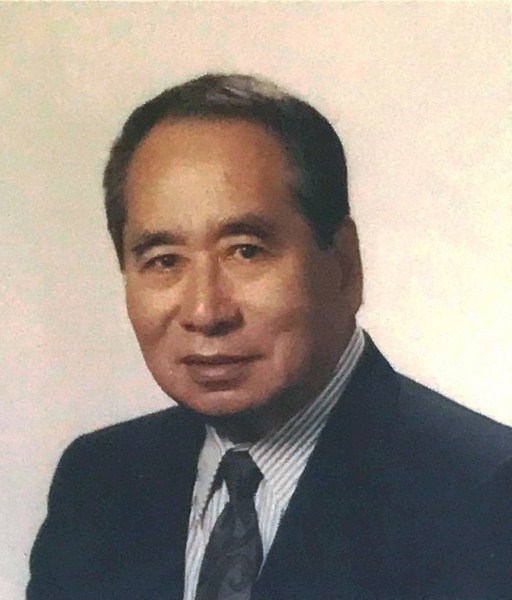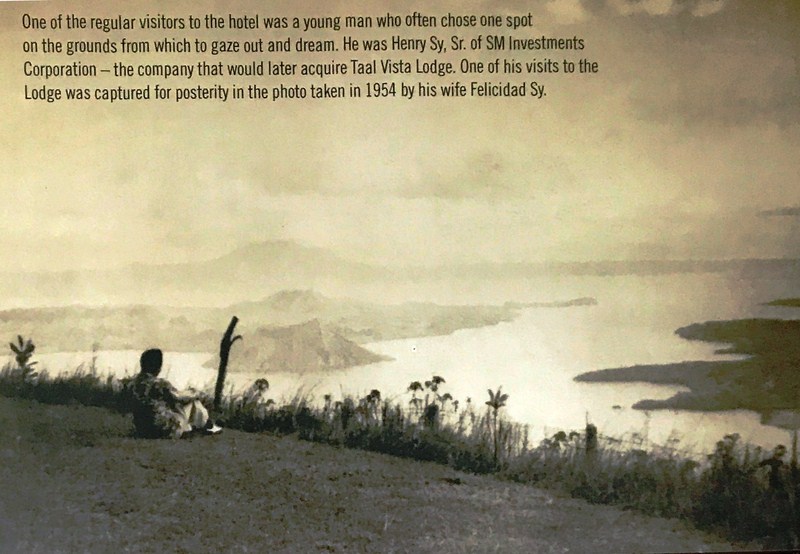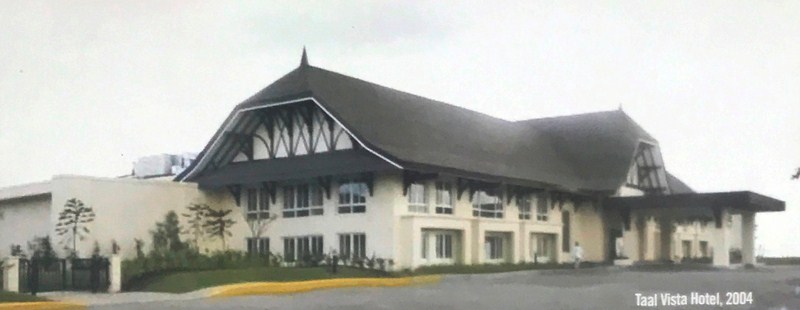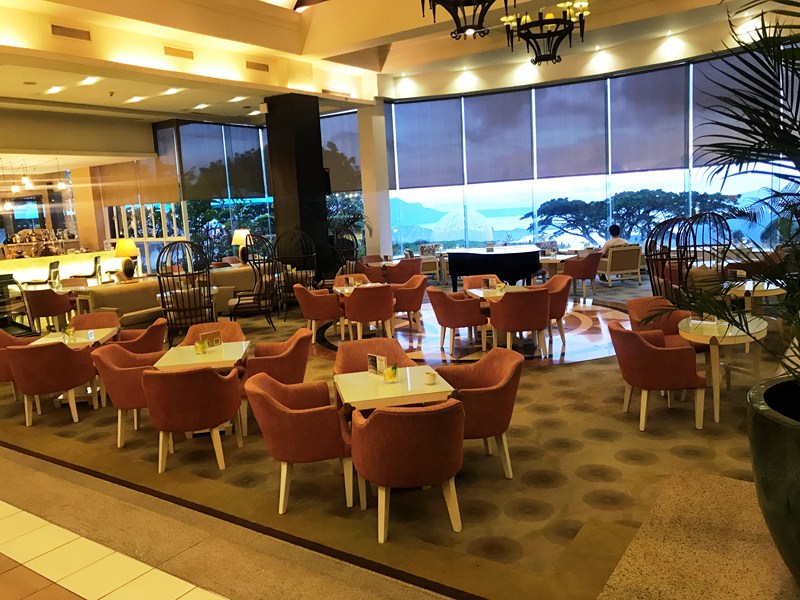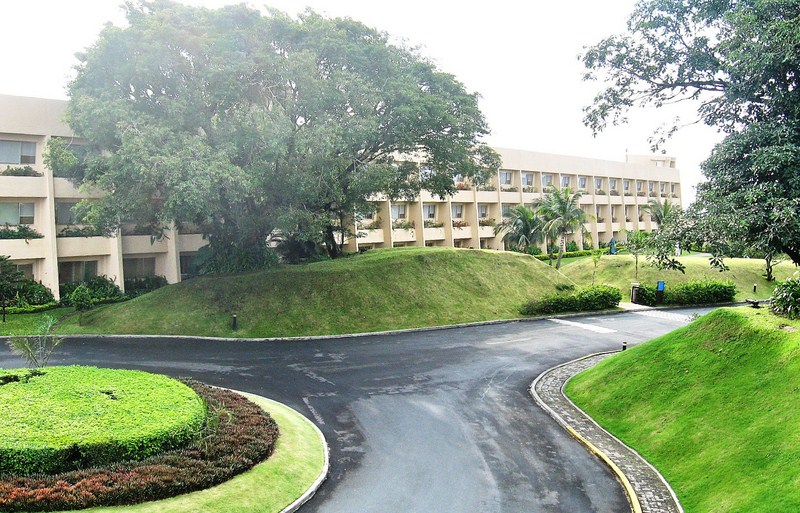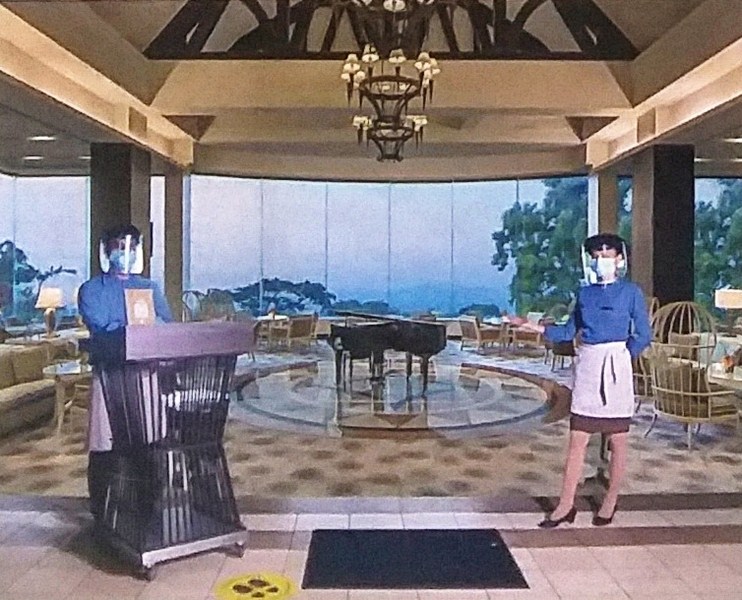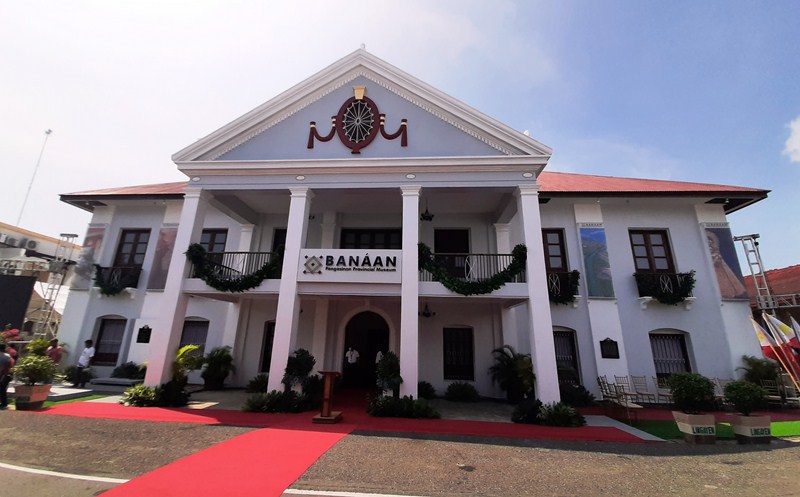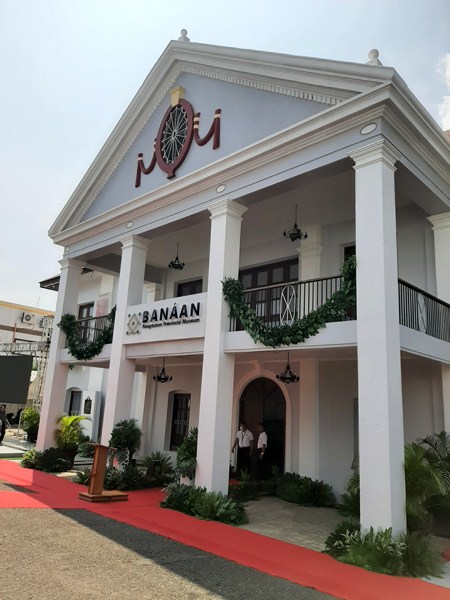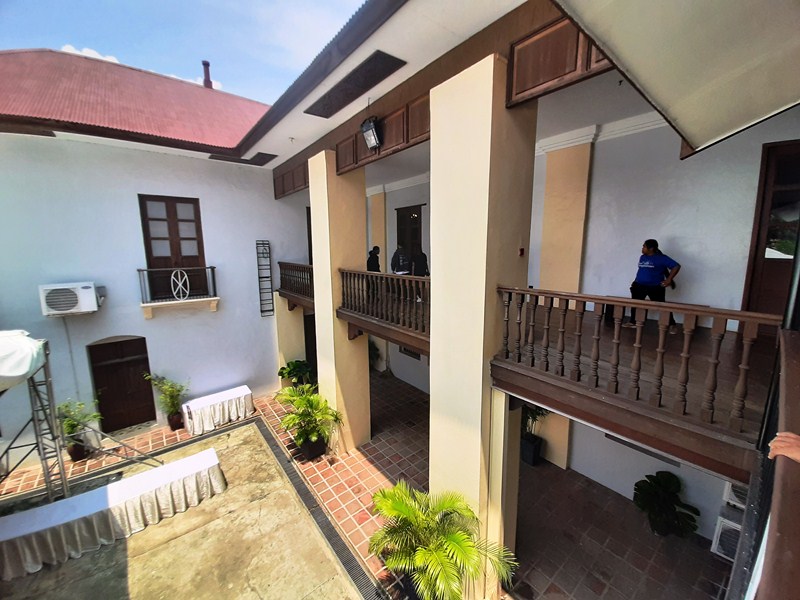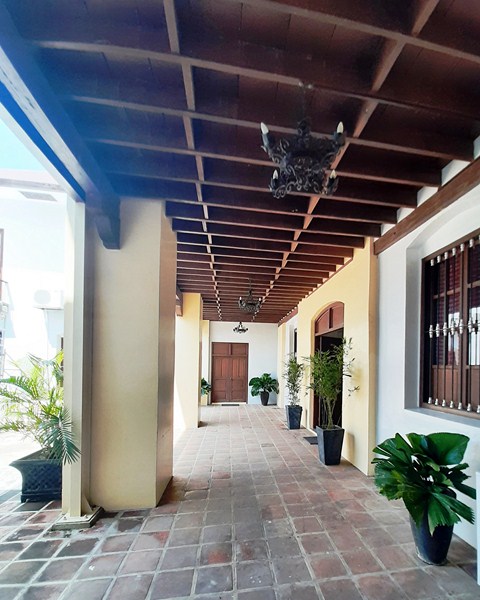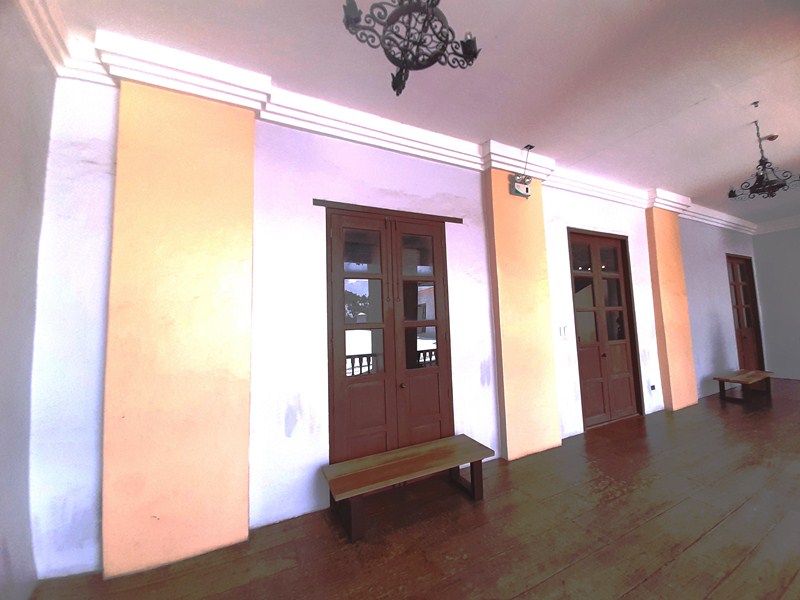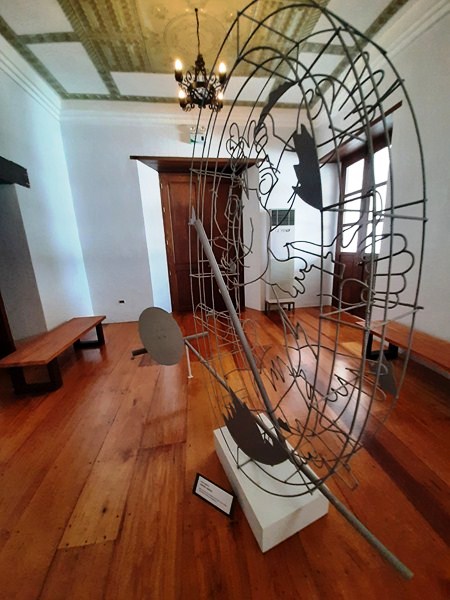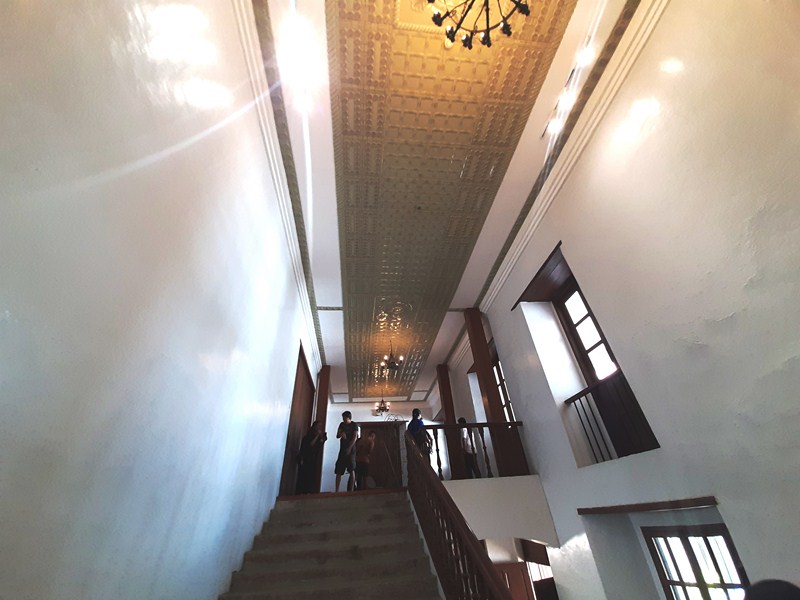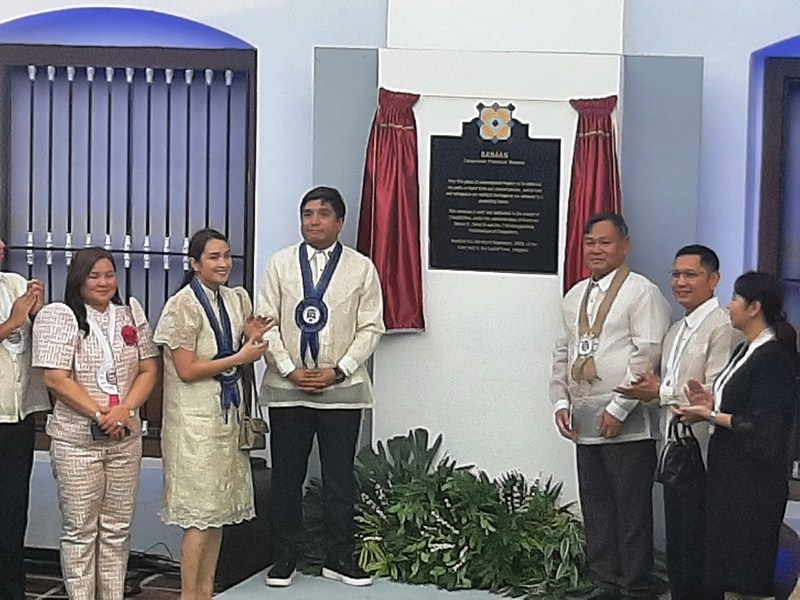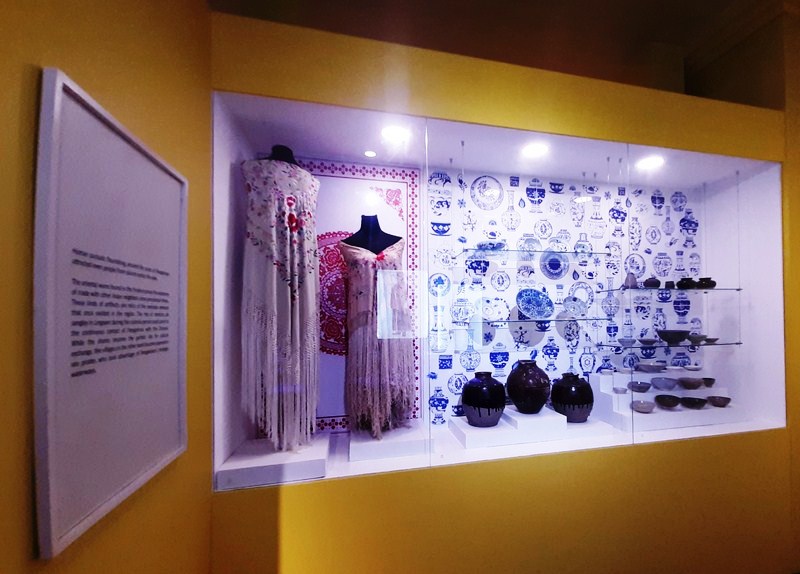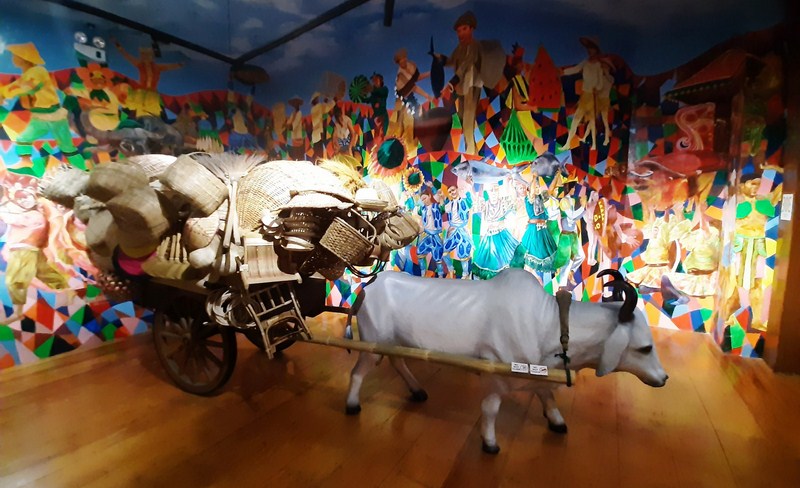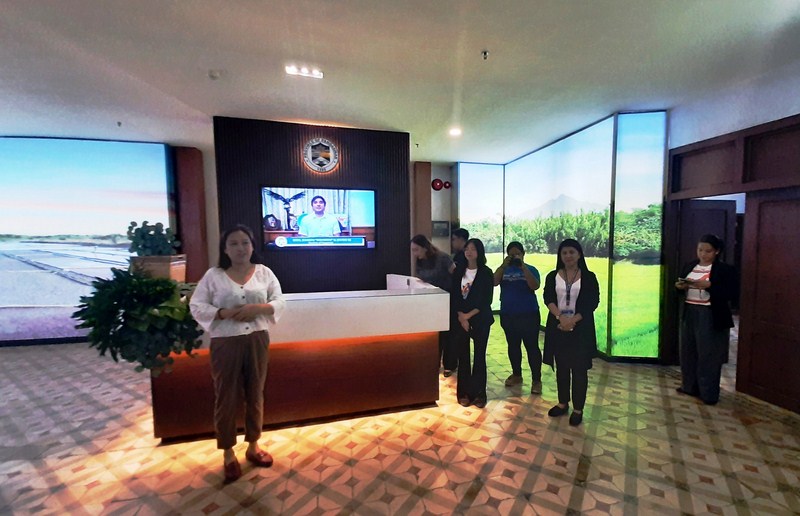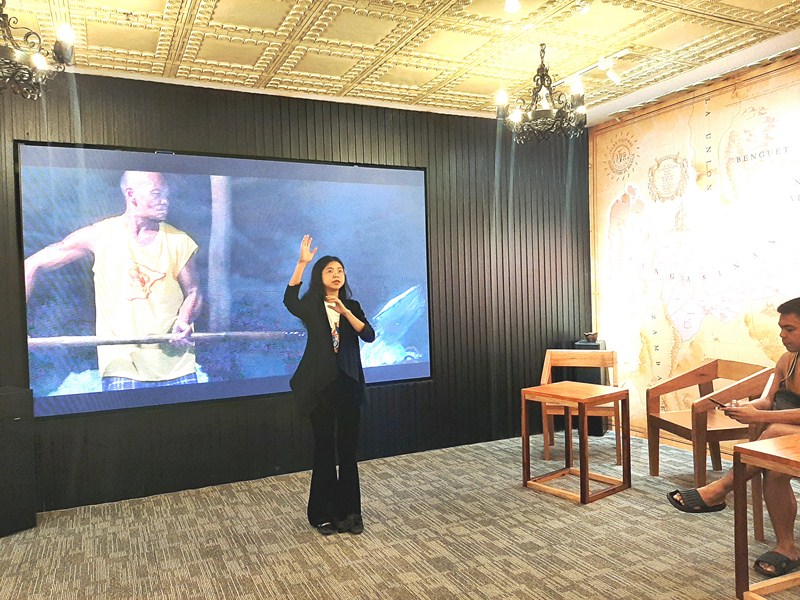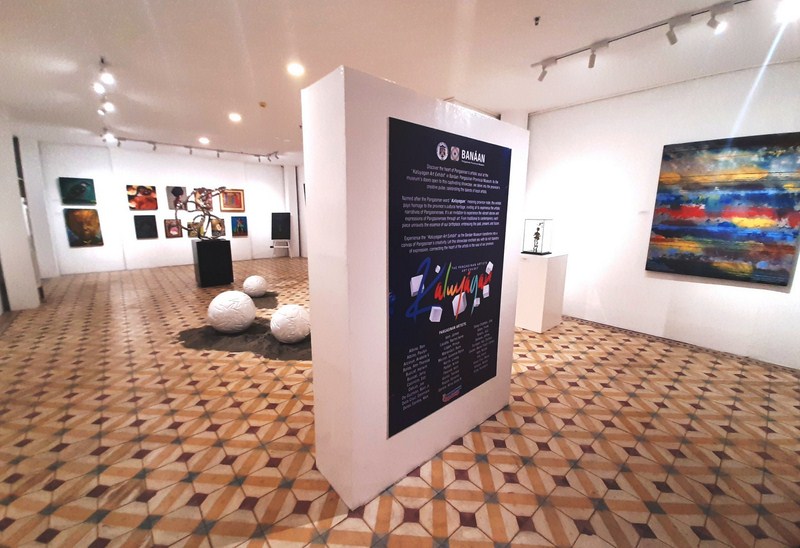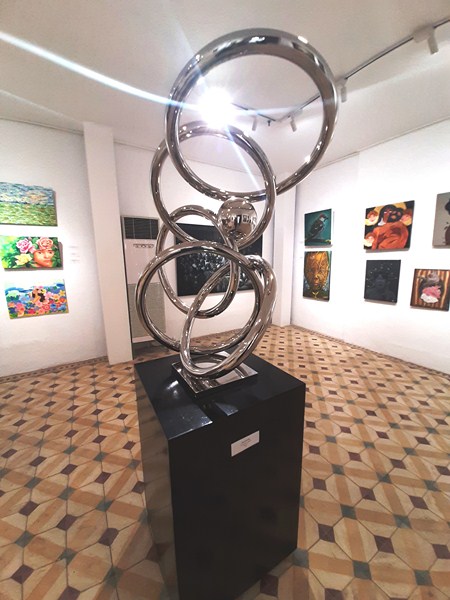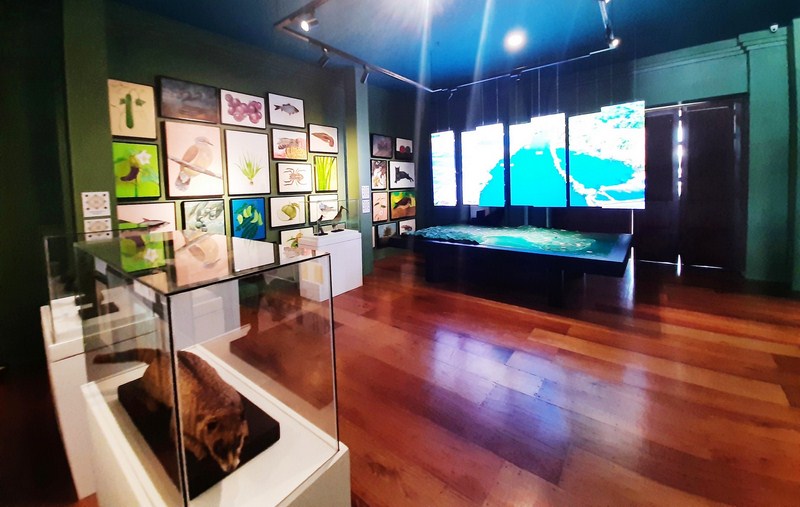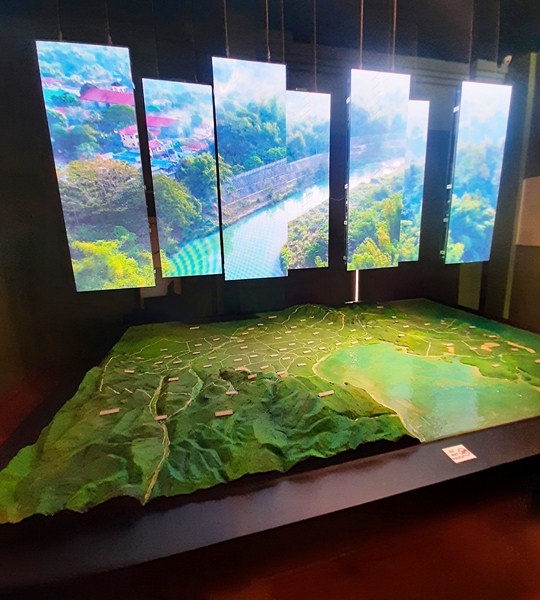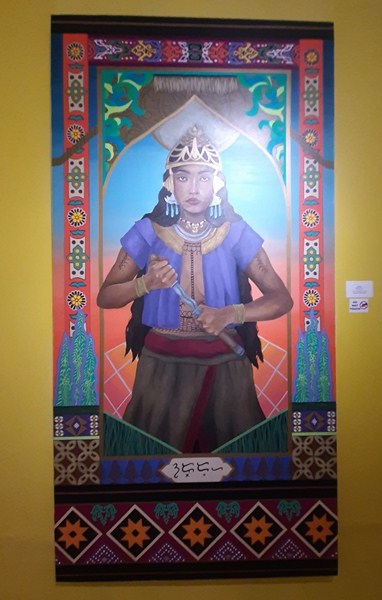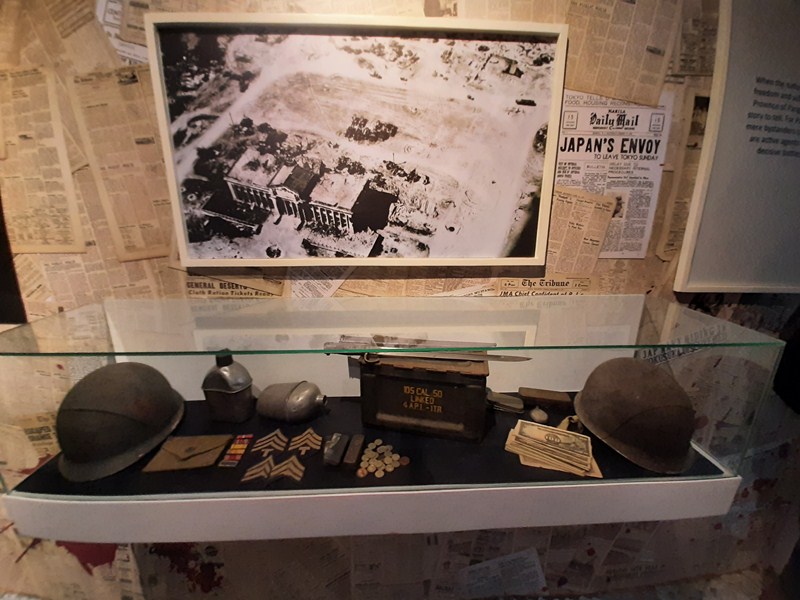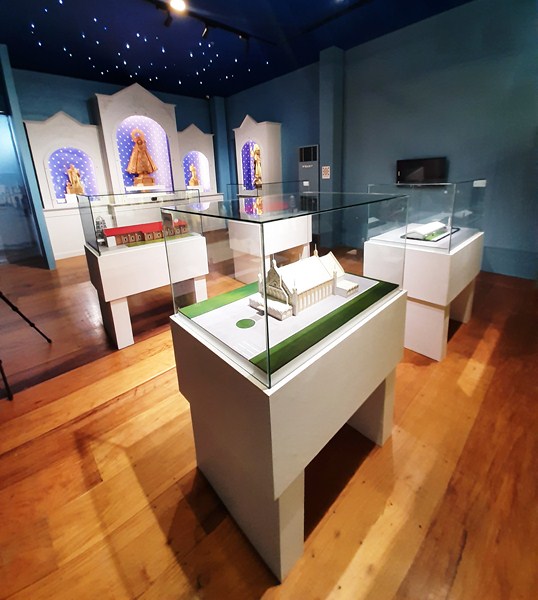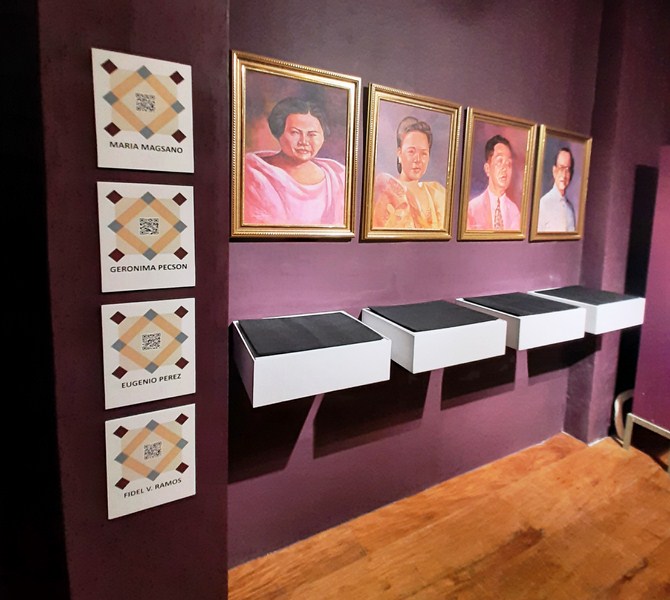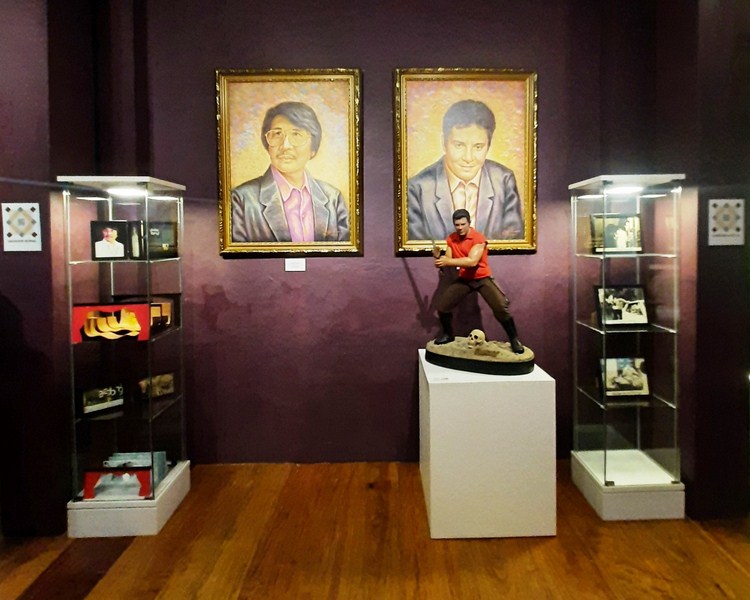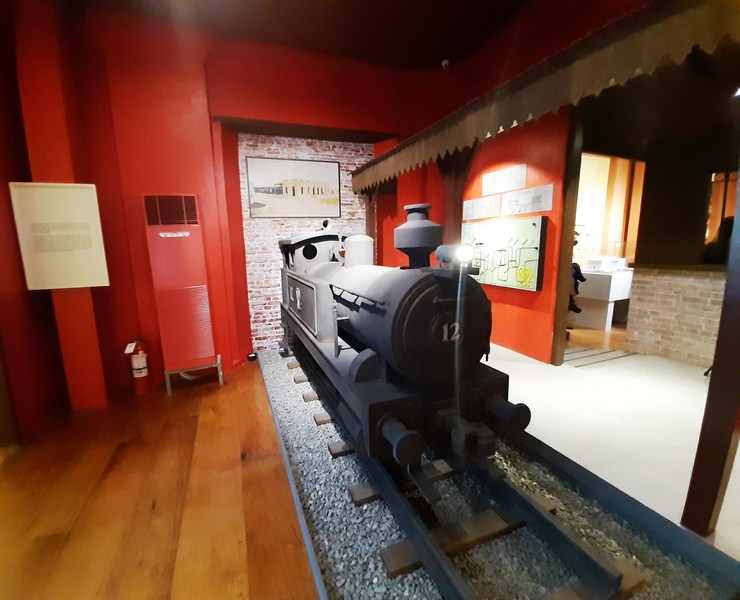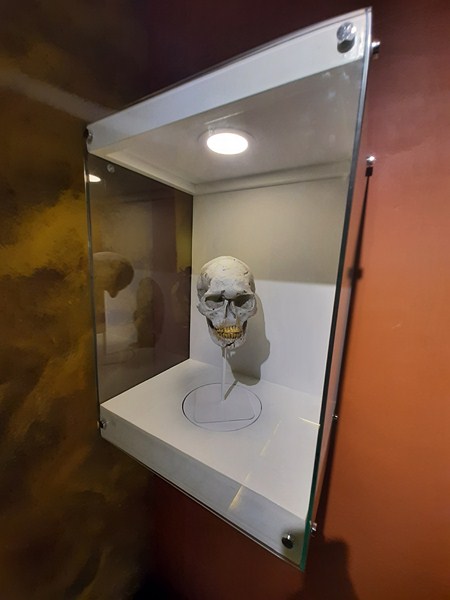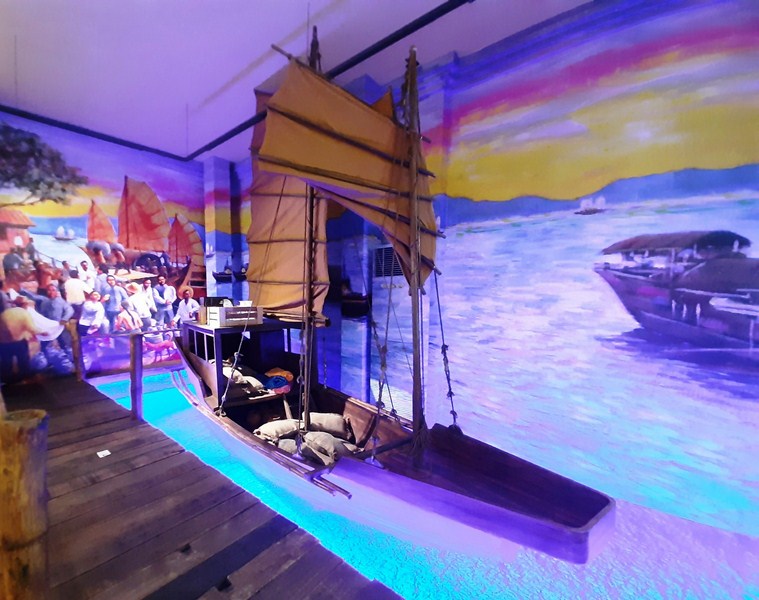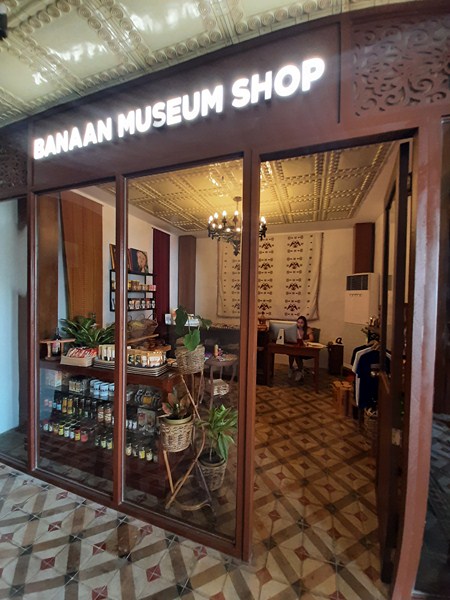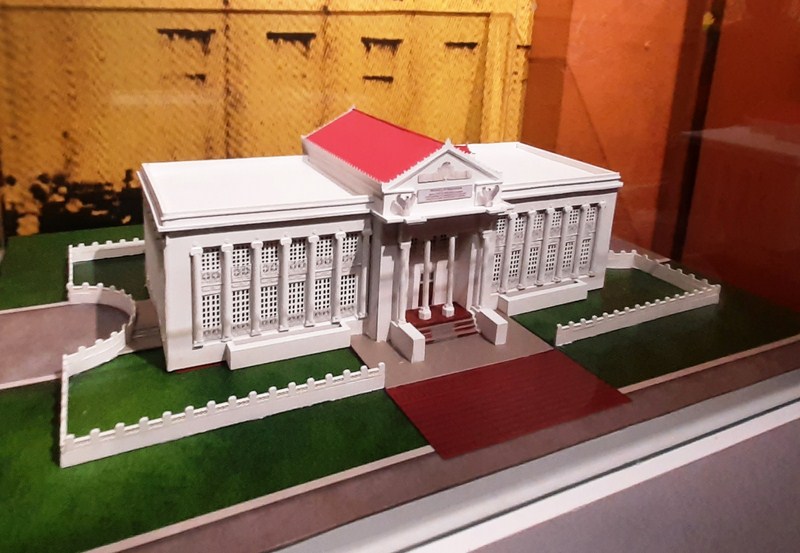The Immaculate Conception Metropolitan Cathedral , considered one of the most beautiful in the country, is the seat of the Roman Catholic Archdiocese of Capiz. Fronting the city plaza, opposite the Panay River and the Capiz Bridge (built in 1910), it was first built before 1698 but was destroyed during the January 4, 1698 typhoon.
The church was rebuilt by Augustinian Father Domingo Horbegozo from 1728 to 1732, was damaged during the July 13, 1787 earthquake and was rebuilt with stone and galvanized iron from 1870 to 1885 by Father Apolinar Alvarez. Father Alvarez also built the cemetery and installed an organ in 1885. From 1885 to 1890, Father Lesmes Perez installed a ceiling of galvanized iron and plastered the walls with stucco. It was reconstructed in 1954.
Following the creation of the Diocese of Capiz on January 27, 1951, the parish church was elevated into a cathedral.. However, the diocese retained the old name of Capiz as it predates the change of the city name to Roxas on April 11, 1951.
The cathedral’s Baroque facade has a simple, semicircular arched main entrance flanked by two canopied, statued niches on the lateral panels and topped by a segmental pediment atop the string cornice of the first level. It also has pilasters (decorative engaged pillars) with floral flutings and windows with segmented arch canopies and Baroque volutes (spiral scrolls).
Its architrave (beam spanning columns), devoid of embellishments, has a rectangular base topped by a broken curvilinear pediment (triangular gable) decorated with a statued niche in the center. The cathedral is also one of the few churches where the dome and the roof are not held up by a single column traversing the interior of the church.
The four-storey, rectangular bell tower on the left has one semicircular arched window on the first level and four in the highest level. Inside the church is a main altar and two side altars.
Immaculate Concepcion Metropolitan Cathedral: Arsobispo Street, Roxas City, Capiz. Tel: (036) 621-0617 and (036) 621-0327. E-mail: immaculateconcepcion1@gmail.com. Coordinates: 11°35′01″N 122°45′11″E. Feat of Our Lady of the Immaculate Conception: December 8.
How to Get There: Roxas City is located 110.5 kilometers (a 2.5-hour drive via the Iloilo East Coast-Capiz Road) from Iloilo City and 77.4 kilometers (a 1.75-hour drive via the Western Nautical Highway) from Kalibo (Aklan).

